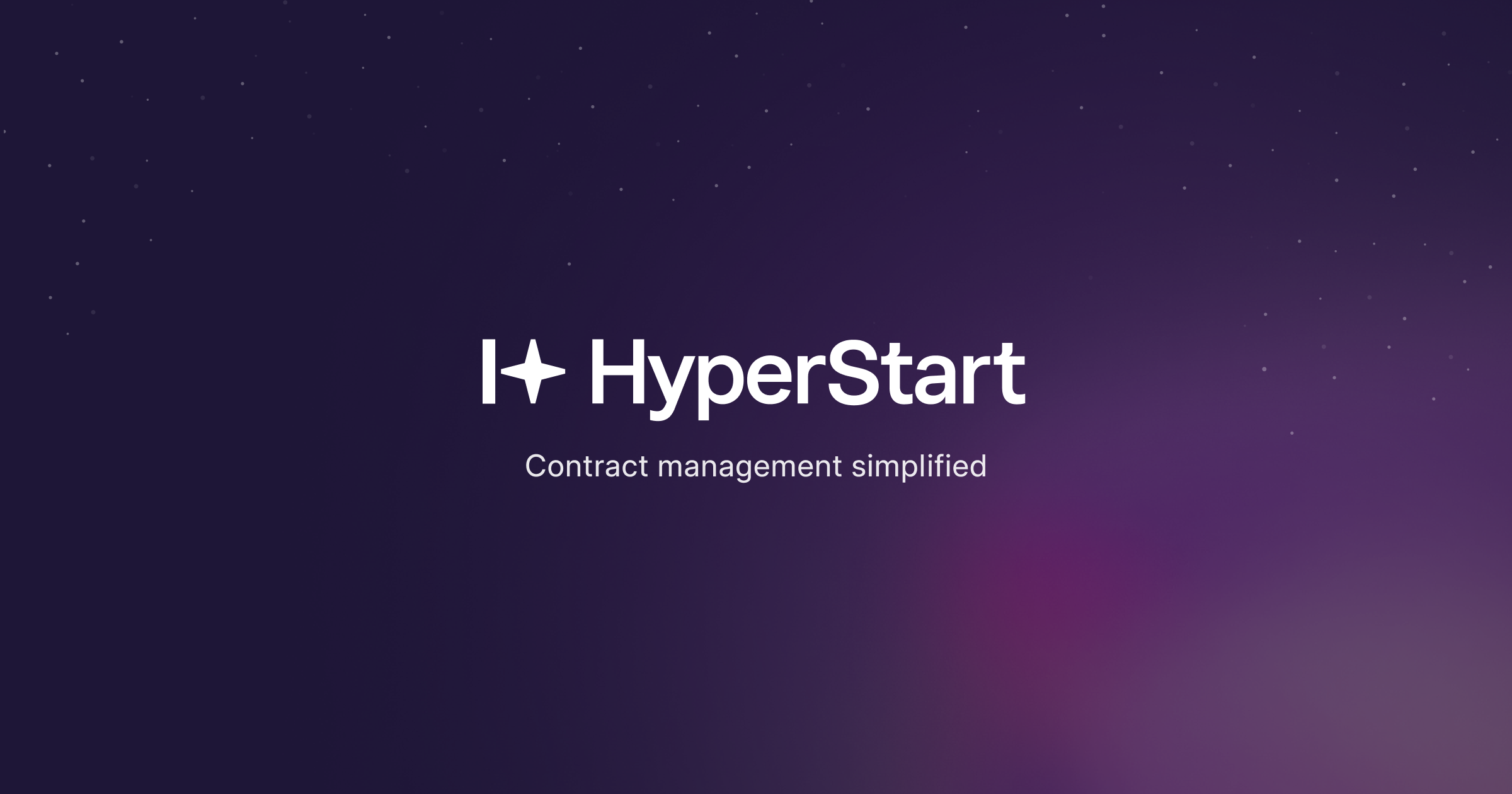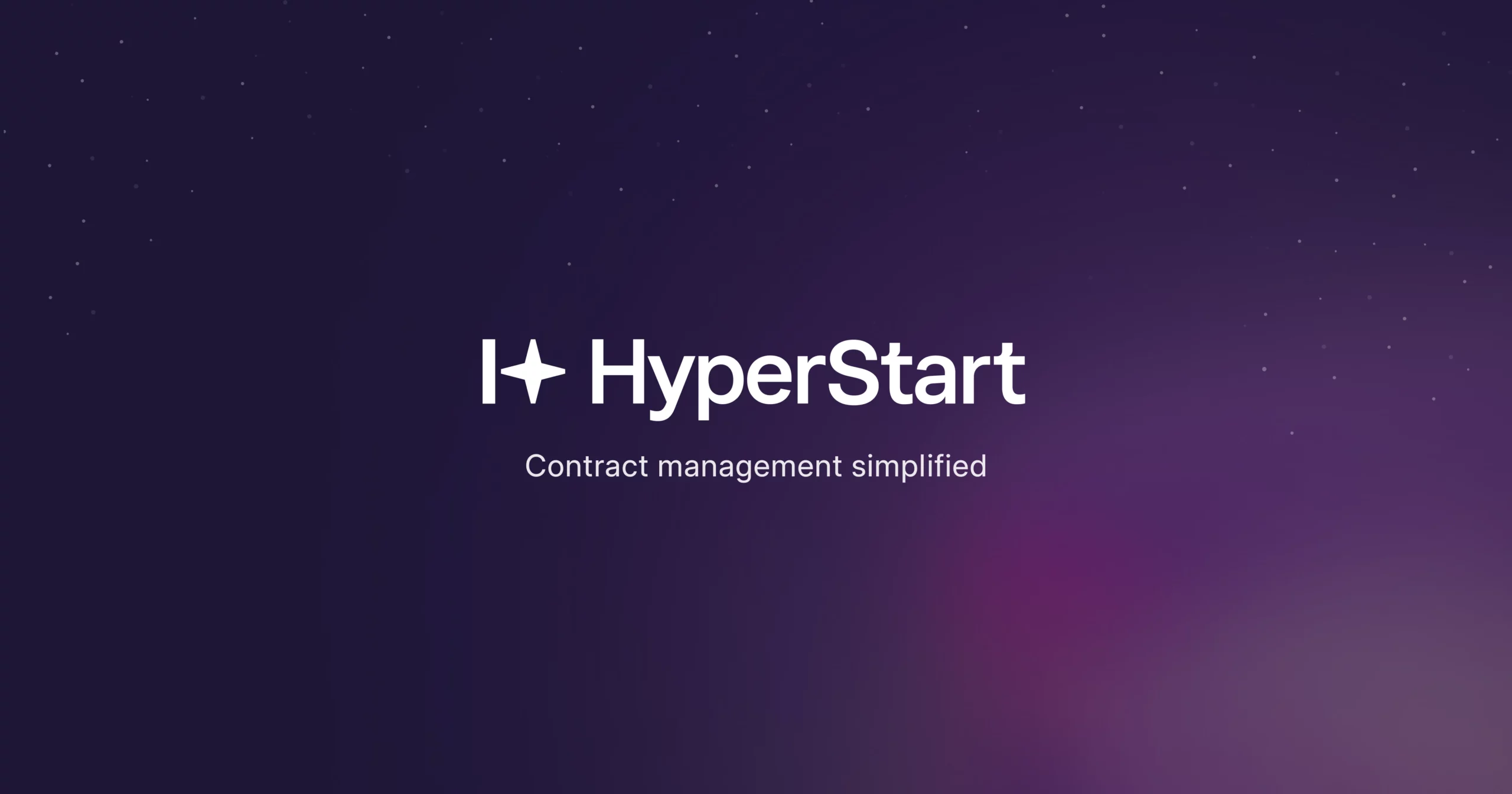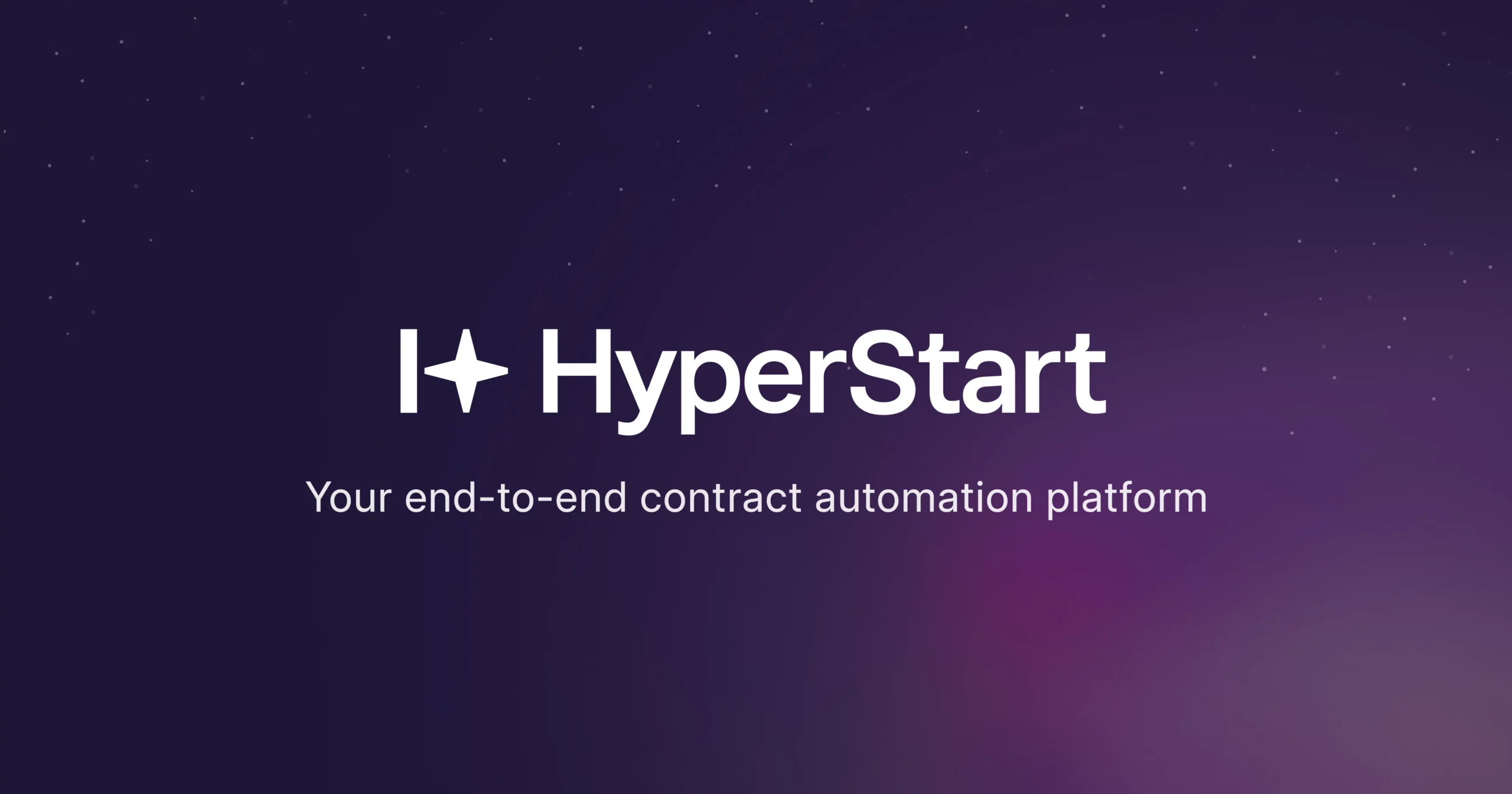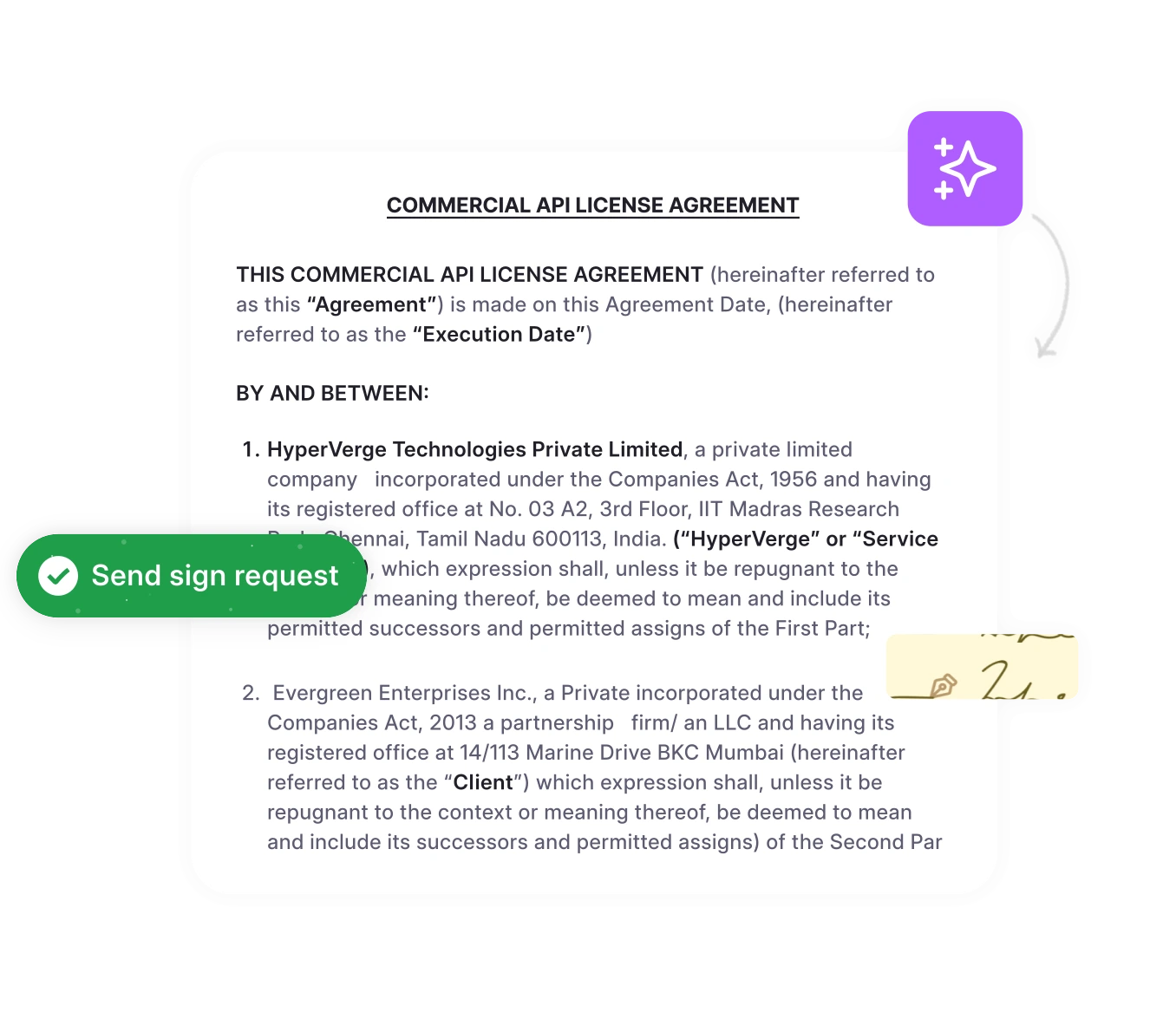Carrier contract management stands at the core of efficient logistics operations, directly influencing costs, service quality, and overall supply chain performance. Despite its importance, many shipping teams rely on outdated manual methods like spreadsheets and emails, which lead to inefficiencies and missed opportunities.
Effectively managing carrier contracts goes beyond administration—it’s about creating a strategic process that ensures transparency, accountability, and continuous improvement. By adopting more innovative contract management practices, logistics teams can unlock cost savings, enhance carrier relationships, and gain better control over their operations.
This guide dives into what carrier contract management is, its essential elements, benefits, challenges, best practices, and how CLM comes to the rescue.
What is carrier contract management?
Carrier contract management is the systematic process of negotiating, implementing, monitoring, and optimizing contractual relationships with transportation service providers. This encompasses freight carriers, logistics companies, and specialized transportation providers that move goods throughout your supply chain. Freight contract management requires specialized approaches for different transportation modes.
At its core, carrier contract management involves overseeing the entire lifecycle of transportation agreements—from initial negotiations through contract renewal or termination. The process ensures that both shippers and carriers fulfill their contractual obligations while maintaining cost-effective, reliable transportation services.
Contract carriers operate under specific agreements with select clients, offering customized solutions and dedicated capacity. Common carriers provide standardized services to the general public with published rates and schedules. Most logistics operations utilize both types, requiring different management approaches for each carrier category.
For logistics teams, effective carrier contract management means having complete visibility into rate structures, service commitments, and performance metrics across all transportation providers. This systematic approach enables data-driven decisions about carrier selection, route optimization, and capacity planning.
A modern AI-powered contract management platform like HyperStart can automatically extract rate structures, renewal dates, and performance metrics from carrier contracts, transforming static documents into searchable, actionable data assets. This level of visibility enables logistics teams to make informed decisions about carrier selection and optimization strategies.
Understanding the definition is only the first step. To truly manage carrier contracts effectively, legal and procurement teams must focus on specific components that determine performance, compliance, and cost efficiency.
What are the key components of carrier contract management?
Modern carrier contracts contain multiple interconnected components that require systematic tracking and management. Understanding these 5 elements is crucial for optimizing transportation operations and controlling costs.
1. Rate structures and pricing terms
It forms the foundation of carrier agreements. These include base rates, fuel surcharges, accessorial charges, and volume discounts. Logistics teams must track rate escalations, seasonal adjustments, and promotional pricing to ensure accurate transportation costing. Many contracts include complex tier-based pricing where rates decrease as shipping volume increases, requiring ongoing monitoring to maximize savings opportunities.
HyperStart’s intelligent metadata extraction automatically identifies and tracks these complex pricing components, including tier-based pricing thresholds and fuel surcharge caps. When LeadSquared evaluated 22 different parameters across 5 CLM vendors, HyperStart was the only solution that met all their rate tracking and compliance requirements.
2. Service level agreements (SLAs)
This defines performance expectations and accountability measures. Key SLA metrics include on-time delivery percentages, transit time commitments, damage rates, and communication requirements. Well-structured SLAs include specific penalties for missed performance targets and incentives for exceeding expectations. These agreements ensure alignment between carrier capabilities and shipper requirements.
Retailers typically require logistics providers to meet a 99% on-time delivery KPI to sustain operational success and customer trust.
3. Liability and insurance provisions
These provisions protect both parties and define responsibility for cargo damage, loss, or delays. Contracts specify coverage limits, claims procedures, and risk allocation between the shipper and the carrier. Many agreements include force majeure clauses that address service disruptions due to weather, natural disasters, or other uncontrollable events.
4. Performance metrics and KPIs
Performance metrics and KPIs establish measurement frameworks for ongoing carrier evaluation, similar to contract management KPIs used across industries. Beyond basic delivery metrics, advanced contracts track cost per mile, capacity utilization, fuel efficiency, and customer satisfaction scores. These metrics enable continuous improvement and provide data for contract renewals or carrier optimization decisions.
5. Renewal and termination clauses
These clauses govern contract lifecycle management. These provisions specify renewal terms, notice requirements, and contract termination procedures. Strategic contracts include automatic renewal options with rate protection clauses, ensuring business continuity while maintaining pricing advantages.
Payment terms, invoice processing procedures, and dispute resolution mechanisms round out the essential contractual components that require active management throughout the agreement lifecycle.
Take complete control of your carrier contracts
HyperStart’s AI extracts and monitors critical carrier obligations, service levels, and renewal terms to keep your logistics running smoothly.
Book a DemoOnce these components are in place, organizations can unlock measurable advantages—from reducing freight costs to improving service quality. Let’s explore the key benefits in detail.
What are the benefits of carrier contract management?
Systematic carrier contract management delivers measurable improvements across multiple dimensions of logistics operations. The 4 benefits extend beyond simple cost savings to include enhanced service quality, risk reduction, and strategic competitive advantages.
1. Cost optimization and rate savings
Cost optimization and rate savings represent the most immediate and quantifiable benefits. Organizations with structured procurement contract management software achieve transportation cost reductions through optimized rate negotiations and strategic volume consolidation. Proactive contract management identifies opportunities to restructure pricing based on actual shipping patterns rather than projected volumes.
2. Improved service quality and reliability
Improved service quality and reliability result from clearly defined performance expectations and regular monitoring. Contracts with specific SLA requirements and accountability measures consistently outperform informal arrangements. Carriers respond positively to transparent performance standards and fair evaluation processes.
3. Risk mitigation and compliance
Contract risk management and compliance become more manageable with comprehensive contract frameworks. Proper contracts include insurance requirements, safety certifications, and regulatory compliance obligations. This protects shippers from liability exposure while ensuring carriers maintain appropriate operational standards.
4. Enhanced supplier relationships
Enhanced supplier relationships develop through clear communication, fair terms, and mutual accountability. Strong contractual frameworks build trust and enable collaborative problem-solving when issues arise. Carriers are more likely to provide priority service and capacity during tight market conditions when relationships are built on solid contractual foundations.
Achieving these benefits requires a structured approach. A clear, step-by-step process ensures carrier contracts are negotiated, executed, and monitored effectively.
Carrier contract management process: step-by-step
Effective carrier contract management follows a systematic process that ensures optimal outcomes while minimizing administrative burden. Each phase requires specific attention and expertise to maximize value and avoid common pitfalls.
1. Contract negotiation and setup
The first step is to begin with a comprehensive market analysis and carrier evaluation. Successful logistics teams analyze historical shipping data, identify volume patterns, and benchmark current rates against market conditions. This preparation enables data-driven negotiations focused on achieving realistic savings targets. The contract negotiation process should address all contract components simultaneously rather than focusing solely on base rates.
2. Implementation and onboarding
This phase includes system integration, rate table updates, and staff training on new contract terms. Carriers require onboarding support, including EDI setup, communication protocols, and performance reporting procedures. Successful implementations include pilot programs with limited volume to validate contract terms before full deployment. This approach identifies potential issues while minimizing operational disruption.
3. Performance monitoring and tracking
Effective monitoring systems track SLA compliance, cost performance, and service quality metrics in real-time. Contract analytics dashboard reporting provides visibility into carrier performance across multiple dimensions, including on-time delivery, damage rates, and communication responsiveness. Regular performance reviews with carriers address issues proactively and identify areas for improvement.
HyperStart automates this entire monitoring process with real-time SLA tracking and carrier performance dashboards.
Using the smart import feature, all contracts were migrated to the system within minutes. I was also able to see the AI extracted metadata on the tool immediately, which was impressive.

Mayuri Jaltare
Company Secretary, Qapita
4. Renewal management and optimization
The renewal process begins 6-12 months before contract expiration with a comprehensive performance analysis and market benchmarking. This timeline enables thorough evaluation and negotiation without service disruption. Renewal decisions should consider total relationship value rather than focusing exclusively on rate increases. Long-term partnerships with high-performing carriers often provide greater value than frequent carrier changes based solely on pricing considerations.
Proactively manage carrier risks and SLAs
Automatically flag risky clauses, compliance gaps, and performance issues buried deep within contracts before they impact your supply chain.
Book a DemoEven with a solid process, businesses often encounter recurring obstacles that can erode value and increase risk. Identifying these challenges is the first step toward overcoming them.
What are the common challenges in carrier contract management?
Despite the clear benefits, many logistics teams struggle with carrier contract management due to systemic challenges and resource constraints. Understanding these 4 common obstacles enables better planning and more successful implementation strategies.
1. Manual tracking and administration
Manual contract management consumes significant resources and limits visibility into contract performance. Spreadsheet-based systems cannot scale with growing volumes and complexity. Manual processes lead to errors, missed deadlines, and inconsistent data – common contract management challenges across industries, preventing logistics teams from focusing on strategic tasks like analysis, negotiation, and building vendor contract management relationships.
HyperStart eliminates this administrative burden by processing carrier contracts 80% faster than manual methods. Our AI automatically extracts key terms from carrier agreements and tracks obligations, renewals, and performance metrics—freeing logistics teams to focus on strategic optimization rather than spreadsheet administration.
2. Scattered contract repositories
Storing contracts across multiple systems and files creates visibility gaps and compliance risks. Teams struggle to access current terms or track contract obligations, leading to version control issues and misunderstandings about active provisions and renewals. Fragmented data hinders comprehensive analysis and benchmarking, weakening strategic decision-making.
HyperStart’s centralized contract repository provides instant AI-powered search across your entire carrier portfolio. Legal teams can find any contract clause, rate structure, or renewal date in seconds rather than hours of manual searching through email attachments and shared drives.
3. Missed renewal opportunities
Without systematic renewal tracking, logistics teams miss chances to renegotiate terms, resulting in automatic renewals under unfavorable conditions or last-minute negotiations that favor carriers. Late renewals focus on damage control rather than improvements, reducing leverage and incentives for competitive terms.
HyperStart’s automated renewal tracking provides alerts for contract expirations, ensuring you never miss another negotiation opportunity. This proactive approach helps logistics teams avoid the emergency renewals that cost organizations leverage and result in unfavorable terms.
4. Performance monitoring difficulties
Lack of automated tracking prevents timely identification of performance issues like service degradation or cost overruns. Manual monitoring is time-consuming and incomplete, making fair carrier evaluations and contract justification difficult. This limits logistics teams’ credibility and influence on transportation decisions.
HyperStart’s performance analytics provide real-time visibility into carrier compliance and service quality trends. Our dashboard enables proactive issue resolution and data-driven carrier optimization—turning performance monitoring from a time-consuming manual task into strategic business intelligence.
The good news is that these challenges can be overcome. By applying proven best practices, you can not only manage contracts effectively but also optimize them for better performance and cost control.
What are the best practices for carrier contract optimization?
Successful carrier contract management requires systematic approaches that balance cost optimization with service quality and risk management. Leading logistics organizations implement proven practices that deliver sustained improvements in transportation operations and carrier relationships.
1. Standardization and template development
Developing standardized contract templates ensures consistency across carrier agreements, reduces negotiation time, and lowers administrative complexity. These templates include preferred terms, required clauses, and acceptable variations aligned with company policies and risk tolerance. Standardization also enables better rate benchmarking and performance comparison, simplifies logistics staff training, and reduces the risk of missed obligations or opportunities.
2. Regular performance reviews
Conducting quarterly business reviews helps maintain carrier accountability and fosters collaborative improvements. These structured meetings focus on data-driven performance metrics, avoiding personal bias, and cover service issues, capacity planning, and market developments. Forward-looking discussions strengthen partnerships and help logistics teams stay competitive.
3. Market benchmarking and rate analysis
Regularly analyzing market rates, service offerings, and capacity availability ensures ongoing competitiveness and uncovers cost-saving opportunities. Effective benchmarking considers total cost factors, including fuel surcharges, accessorial charges, and service quality metrics, preventing decisions based solely on base rates.
4. Technology integration strategies
Successful technology integration requires aligning contract workflow automation systems with current capabilities. Planning must address emerging logistics trends and include change management practices like training and communication to ensure user adoption. Measuring success with clear metrics helps realize the full value of technology investments.
HyperStart exemplifies this approach with 4-6 weeks of implementation timelines versus the months required for traditional CLM systems. This rapid deployment means logistics teams can start realizing benefits immediately rather than waiting through lengthy IT projects that disrupt operations.
5. Continuous improvement processes
Continuous improvement processes embed optimization activities into regular business operations rather than treating them as periodic projects. Systematic improvement processes identify incremental enhancements that compound over time to deliver significant operational advantages.
Ensure carrier contract compliance without the hassle
HyperStart tracks deadlines, renewals, and obligations so you never miss a milestone or risk non-compliance.
Book a DemoImplementing best practices at scale requires the right technology. Let’s look at how CLM platforms simplify carrier contract management, improve visibility, and enhance decision-making.
How to manage carrier contracts with CLM platforms?
1. Automated contract administration eliminates manual work
Automated contract administration eliminates manual tracking and reduces administrative overhead by up to 80%. CLM platforms automatically track renewal dates, performance milestones, and contractual obligations, ensuring nothing falls through the cracks. Automated alerts notify logistics teams of approaching renewal deadlines, SLA violations, and required actions.
Organizations using contract lifecycle management (CLM) software report negotiation cycles, from initial bid to signed agreement, are completed 80% faster than manual processes. This acceleration stems from automated clause libraries, real‑time collaboration, and streamlined approval workflows. Faster cycles free up legal and procurement teams to focus on higher‑value negotiation tactics and relationship building.
2. AI-Powered metadata extraction transforms static contracts
AI contract review and metadata extraction transform static contracts into dynamic, searchable data assets. Advanced CLM platforms use artificial intelligence to extract key terms, including rates, renewal dates, performance requirements, and liability provisions. This automation eliminates manual data entry while ensuring the accuracy and completeness of contract data.
3. Integration capabilities connect all logistics systems
Integration capabilities connect freight contract management software with Transportation Management Systems (TMS), Enterprise Resource Planning (ERP) systems, and business intelligence tools. This integration eliminates data silos while enabling automated rate updates, performance tracking, and financial analysis.
4. Performance analytics provide data-driven insights
Performance analytics and optimization provide data-driven insights through comprehensive contract tracking capabilities. Advanced analytics identify cost-saving opportunities, service improvement possibilities, and optimization strategies that manual processes cannot detect.
Predictive analytics capabilities forecast capacity requirements, identify potential service disruptions, and recommend optimal carrier allocation strategies based on historical performance and market conditions.
Achieve seamless carrier contract control with HyperStart
Carrier contract management demands more than manual processes—it requires innovative technology and expertise. HyperStart is an AI-powered contract management platform that turns scattered contracts into strategic assets by providing clear visibility into rates, obligations, and renewals while automating time-consuming tasks.
With 95% accurate metadata extraction and setup in 4-6 weeks, HyperStart processes contracts 80% faster than manual methods. It delivers the analytics needed for continuous optimization and improved decision-making.
Ready to simplify your career contract management? Use our ROI calculator to quantify potential savings, or schedule a demo to see how HyperStart reduces administrative work, boosts efficiency, and strengthens carrier relationships through strategic procurement contract management.











